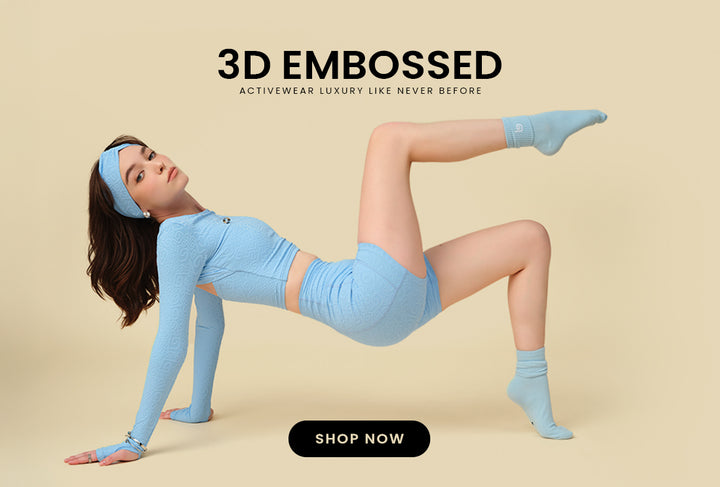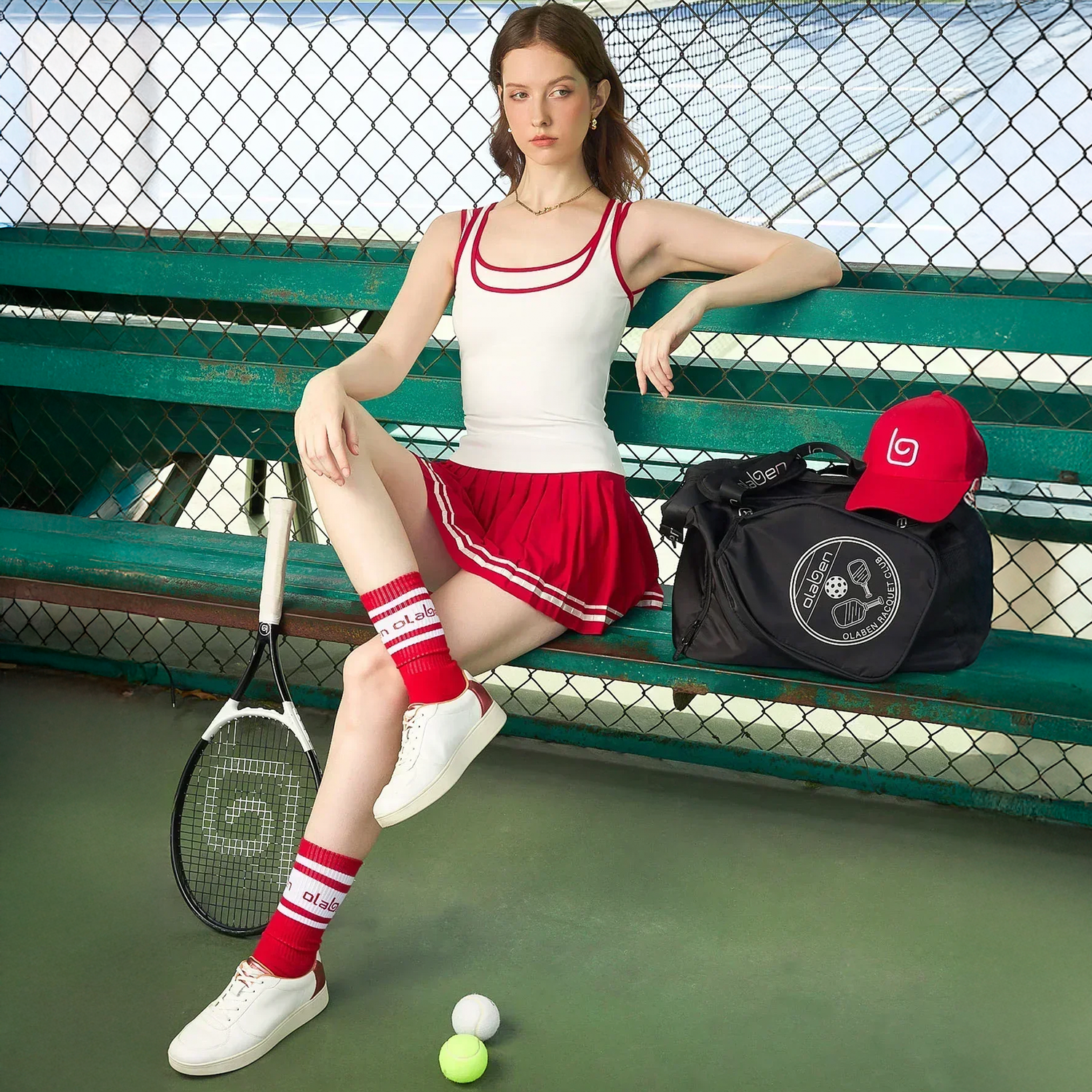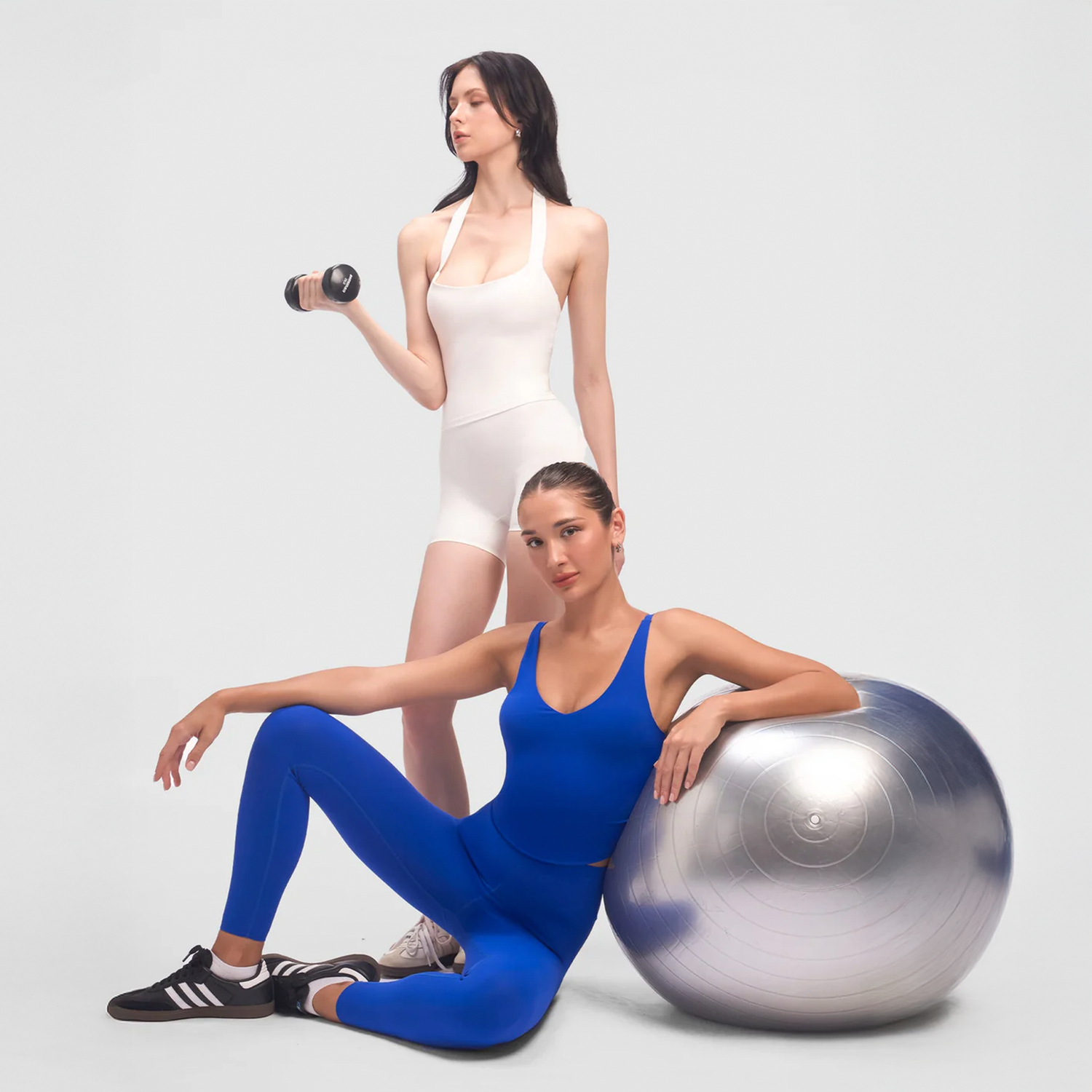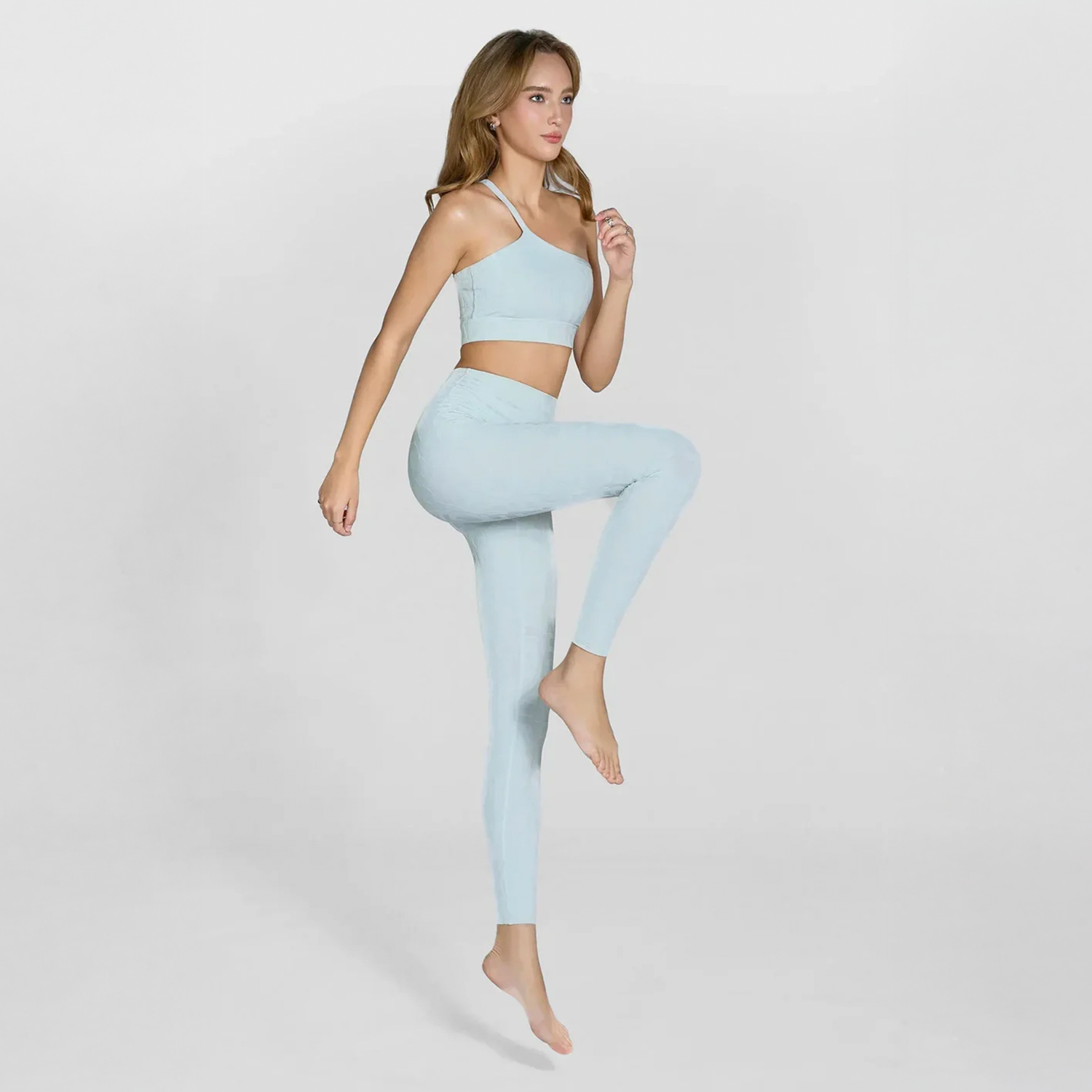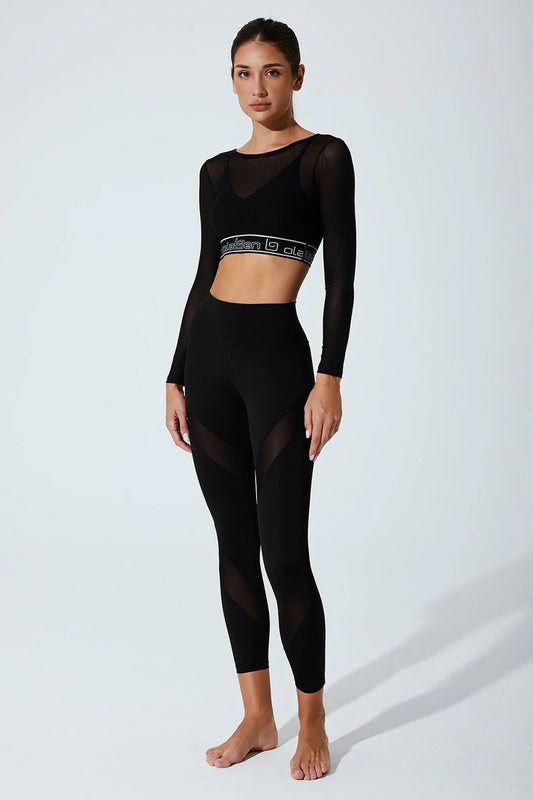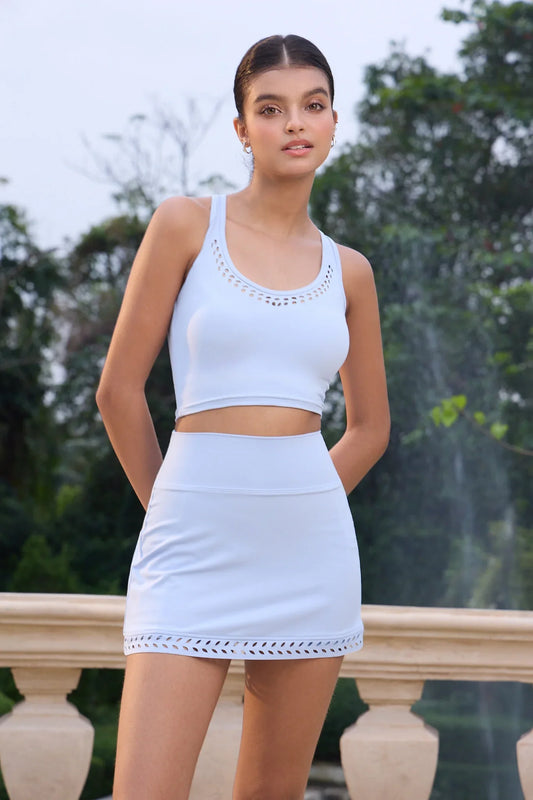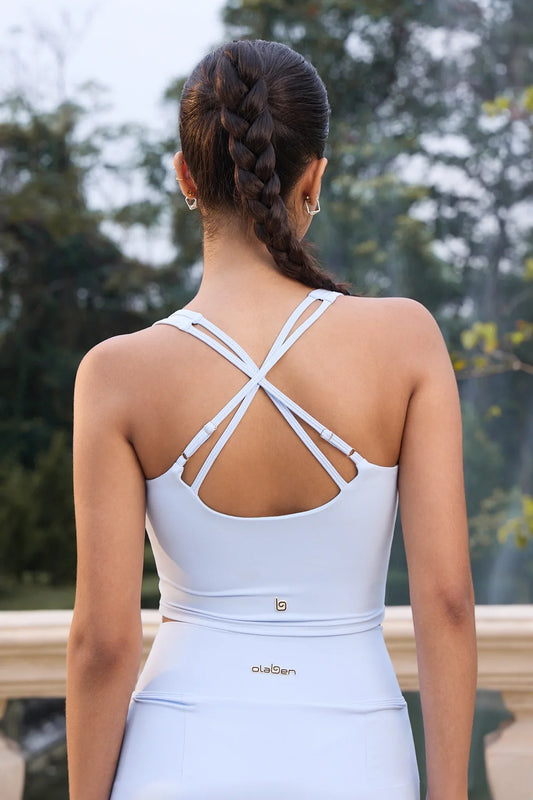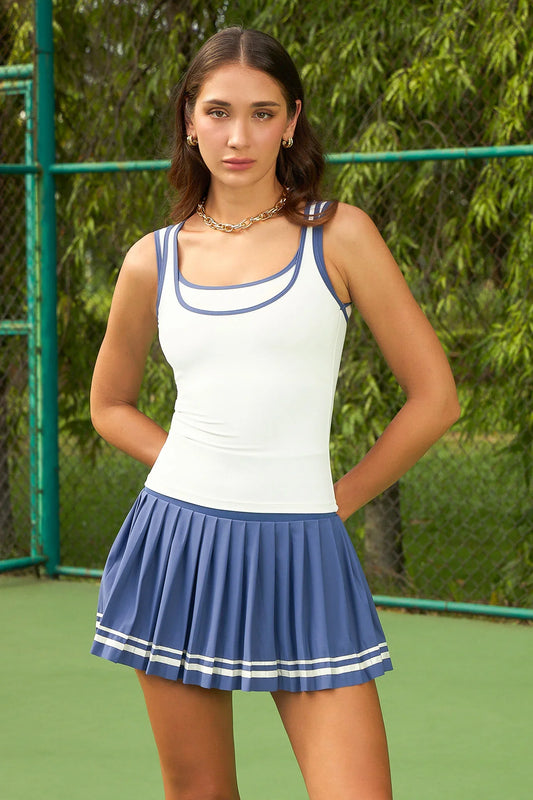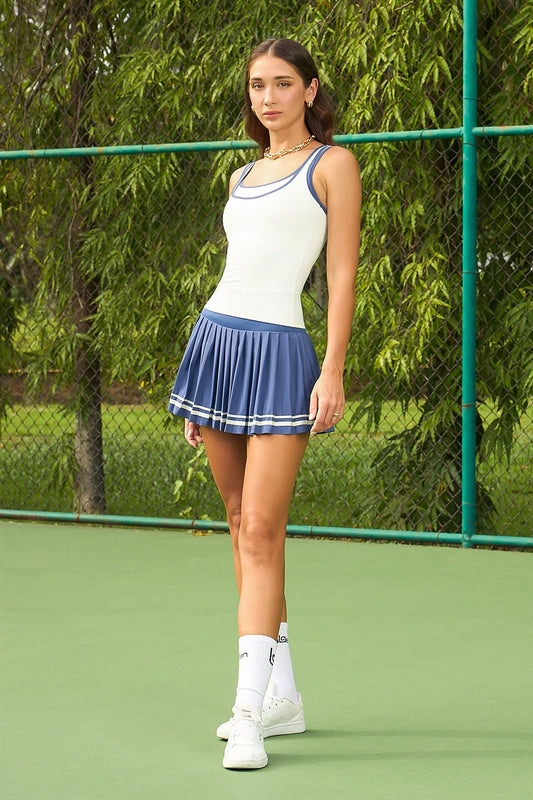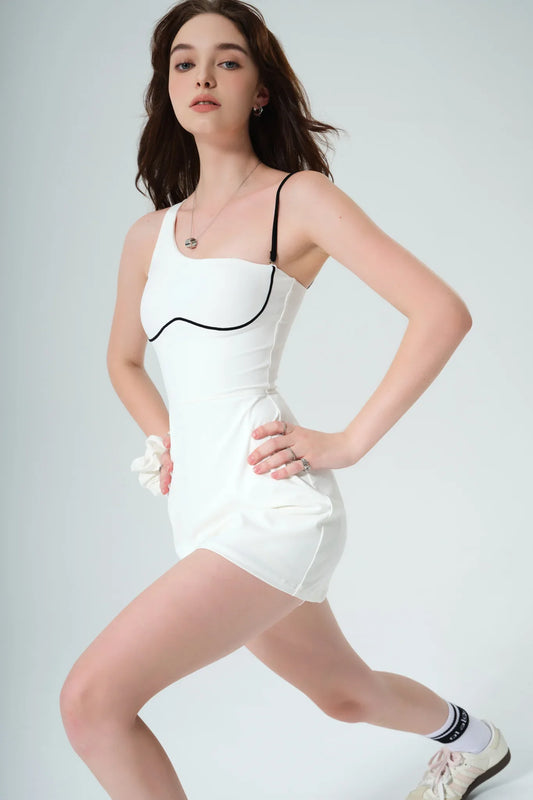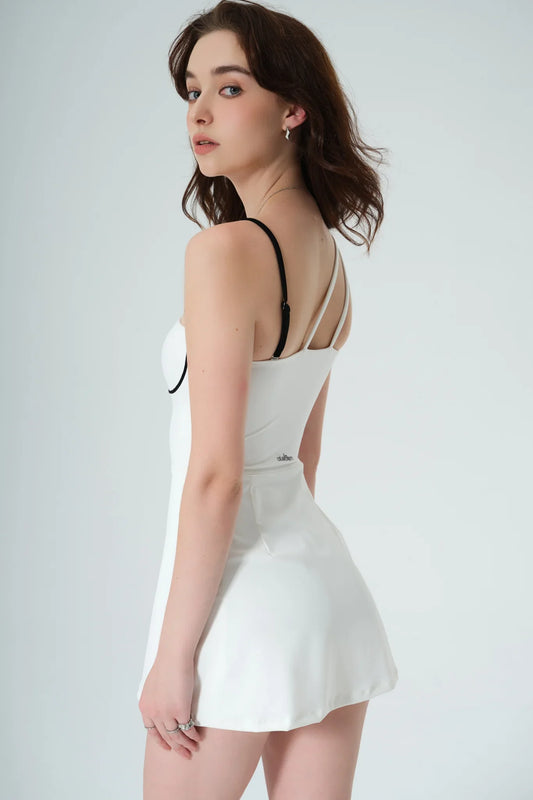When it comes to choosing the best fabric for sportswear, the decision goes far beyond just looks. The right material can impact performance, comfort, durability, and even safety. With so many options available today—from advanced synthetics to sustainable naturals—it’s essential to know which fabric works best for different activities.
So, let’s jump in with Olaben and explore how to choose the ideal sportswear fabric for your lifestyle.
Factors to Consider When Choosing Sportswear Fabric
Before diving into the top fabrics, here are the key qualities that make sportswear high-performing:
1. Comfort & Flexibility
The foundation of any sportswear fabric is comfort. It should feel soft on the skin, reduce friction, and allow unrestricted movement. Flexible fabrics with good elasticity (like spandex blends) help you stretch deeper in yoga or sprint harder in running.
2. Moisture-Wicking Ability
During workouts, your body sweats to cool itself down. Fabrics with moisture-wicking technology draw sweat away from the skin to the outer layer of the fabric, where it evaporates quickly. This keeps you dry, prevents irritation, and enhances endurance.
3. Breathability
A breathable fabric promotes air circulation, preventing overheating during intense activities. Mesh structures or lightweight knits are especially effective at keeping the body cool while still providing coverage.
4. Durability & Weight
Sportswear goes through repeated stretching, washing, and friction. Durable fabrics like polyester and nylon hold their shape even after heavy use. Lightweight fabrics also help reduce fatigue—because every unnecessary ounce can affect your performance.
5. Weather Protection
If you’re training outdoors, weather-ready fabrics matter. Waterproof, windproof, or insulating materials like Gore-Tex or merino wool protect against rain, wind, or cold while still allowing your skin to breathe.
6. Cost & Sustainability
Finally, think long-term. While synthetic fabrics offer excellent performance at an affordable price, eco-friendly materials like bamboo or MMCFs (Modal, Tencel, Eucalyptus) are becoming increasingly popular for those who value sustainability. At Olaben, we embrace fabrics that not only perform well but also respect the planet.

Top 10 Best Fabrics for Sportswear
Now, let’s explore the 10 most popular fabrics used in sportswear—along with their pros, cons, and best uses.
1. Polyester
Polyester is the king of sportswear fabrics. Lightweight, durable, and quick-drying, it’s widely used in gym clothing, running gear, and team uniforms.
- Pros: Strong, wrinkle-resistant, moisture-wicking, retains shape, affordable.
- Cons: Can hold odors if not treated with anti-microbial finishes.
- Best For: Running shirts, cycling jerseys, CrossFit gear, sports team uniforms.

2. Spandex (Elastane/Lycra)
Spandex is all about stretch and recovery. It can expand up to 5x its length and snap back into place, which is why it’s a favorite in compression and body-hugging activewear.
- Pros: Unmatched stretch, shape retention, supports blood circulation in compression wear.
- Cons: Not breathable on its own; usually mixed with other fibers.
- Best For: Leggings, yoga pants, sports bras, cycling shorts, compression gear.

3. Nylon
Known for its strength and smooth finish, nylon is both tough and soft against the skin. It’s highly resistant to wear and tear, making it a top choice for outdoor or high-intensity sports.
- Pros: Durable, abrasion-resistant, quick-drying, silky texture.
- Cons: Less breathable than polyester; can trap heat.
- Best For: Swimwear, sports bras, hiking jackets, track pants.

4. Merino Wool
Unlike traditional wool, merino wool is fine, soft, and naturally temperature-regulating. It keeps you warm in winter and cool in summer—making it perfect for outdoor athletes.
- Pros: Breathable, odor-resistant, regulates body temperature, biodegradable.
- Cons: More expensive, less durable than synthetics, requires special care.
- Best For: Running socks, base layers, hiking tops, mountain sports
5. Bamboo Fiber
Bamboo fabric is gaining attention for its eco-friendly properties and luxurious feel. It’s breathable, soft, and naturally antibacterial.
- Pros: Moisture-wicking, UV-resistant, soft on skin, sustainable.
- Cons: Can lose durability compared to synthetics if not blended.
- Best For: Yoga outfits, athleisure wear, summer training clothes.

6. Microfiber
Made from ultra-fine polyester and polyamide threads, microfiber is soft yet strong. It’s commonly used in training wear and sports accessories.
- Pros: Lightweight, highly absorbent, soft texture, dries fast.
- Cons: Expensive to produce, not biodegradable.
- Best For: Soccer kits, gym towels, tracksuits.
7. Man-Made Cellulosic Fibers (MMCFs – Modal, Tencel, Eucalyptus, Bamboo blends)
MMCFs combine natural sustainability with modern performance. They’re produced from wood pulp and are silky soft yet strong.
- Pros: Eco-friendly, breathable, moisture-wicking, biodegradable.
- Cons: Wrinkles easily, may shrink without proper care.
- Best For: Yoga tops, pilates wear, low-to-medium intensity training.
8. Synthetic Blends
Manufacturers often blend polyester, spandex, or nylon to combine their strengths. This results in performance fabrics tailored to specific sports.
- Pros: Sweat-resistant, durable, flexible, affordable.
- Cons: Less eco-friendly due to chemical processing.
- Best For: Football kits, basketball jerseys, men's training shorts.

9. Gore-Tex
Gore-Tex is a game-changer for outdoor sportswear. It’s a synthetic membrane that makes fabrics waterproof and windproof—yet still breathable.
- Pros: Weatherproof, breathable, long-lasting.
- Cons: Expensive, less suitable for hot climates.
- Best For: Hiking jackets, ski wear, trail-running shoes, gloves.
10. Cotton
Cotton is making a comeback in sportswear, especially in athleisure. While it’s not the best for sweaty workouts, it offers comfort and odor control for light activities.
- Pros: Breathable, soft, odor-resistant, natural.
- Cons: Absorbs sweat, dries slowly, can feel heavy when wet.
- Best For: Casual sportswear, warm-up gear, cool-down clothes, low-intensity workouts.
Final Thoughts
Ultimately, the best fabric for sportswear depends on the type of activity, the climate you’re training in, and your personal comfort preferences. If you’re tackling high-intensity workouts, polyester–spandex blends offer the perfect balance of stretch, breathability, and durability. For those who love outdoor adventures, merino wool and Gore-Tex provide excellent temperature regulation and weather protection. Eco-conscious athletes may prefer bamboo fibers or man-made cellulosic fabrics (MMCFs), which combine sustainability with comfort. And when it comes to everyday athleisure, nothing beats the softness and versatility of cotton and bamboo blends. At Olaben, every piece of activewear is carefully crafted from premium fabrics that blend style, performance, and sustainability, so you can move freely, feel confident, and look your best in every workout.
